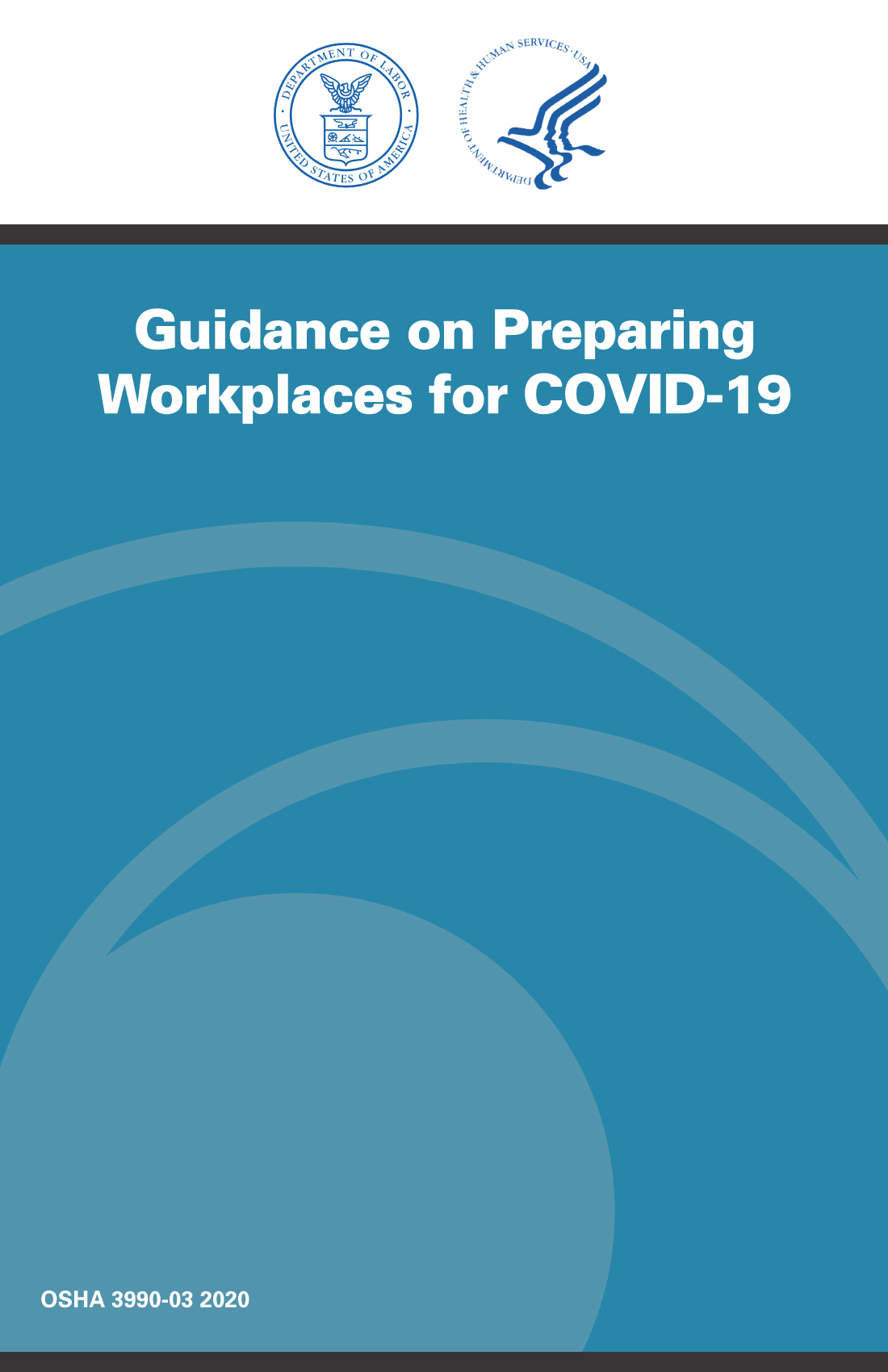The World Health Organization (WHO) has put out a public statement that burnout is an “occupational phenomenon” resulting “from chronic workplace stress that has not been successfully managed.” Burnout is a serious syndrome that affects many employees, especially due to added stress from the COVID-19 pandemic. So, how can an employer combat burnout in the workplace? First, let’s take a look at how we define burnout.
What is burnout?
According to the WHO, doctors can diagnose an employee with burnout if they exhibit the following symptoms:
- Exhaustion or energy depletion
- Decreased engagement at work, or feelings of negativism or cynicism related to one’s job
- Reduced productivity or efficacy
For some employees, the negative effects of burnout extend beyond their work life and into their home and social life. Moreover, burnout can increase an employee’s risk for getting sick or developing a chronic condition.
How to Prevent Burnout at Your Organization
Since burnout is the result of prolonged and chronic workplace stress, it’s important to know how to recognize the signs of workplace stress.
While it may not be possible to eliminate job stress altogether for your employees, you can help them learn how to manage it effectively. Common job stressors include a heavy workload, intense pressure to perform at high levels, job insecurity, long work hours, excessive travel, office politics and conflicts with co-workers.
You can implement various activities to help reduce employee stress, which can improve health and morale—and productivity.

- Make sure that workloads are appropriate.
- Ensure employees are taking mandated breaks.
- Have managers meet regularly with employees to facilitate communication.
- Address negative and illegal actions in the workplace immediately. Do not tolerate bullying, discrimination or any other similar behaviors.
- Recognize and celebrate employees’ successes. This contributes to morale and decreases stress levels.
- Encourage a positive work-life balance.
- Promote exercise at your organization, as it’s a proven stress reliever.
- Encourage employees to utilize their paid time off.
- Incorporate company-sponsored activities to give employees a reason to leave their desks and take a break.
Train managers on how to keep employees engaged and motivated at work, and how to address burnout with employees.
Burnout is a serious syndrome that may be affecting your employees. As such, it’s important that you recognize the signs of burnout and take steps to prevent it at your workplace.








